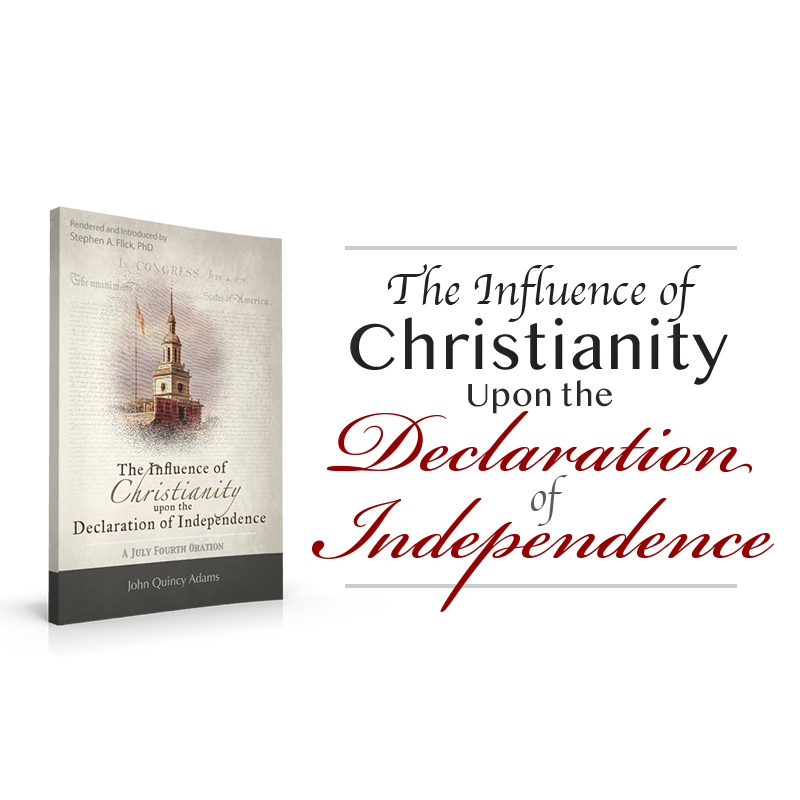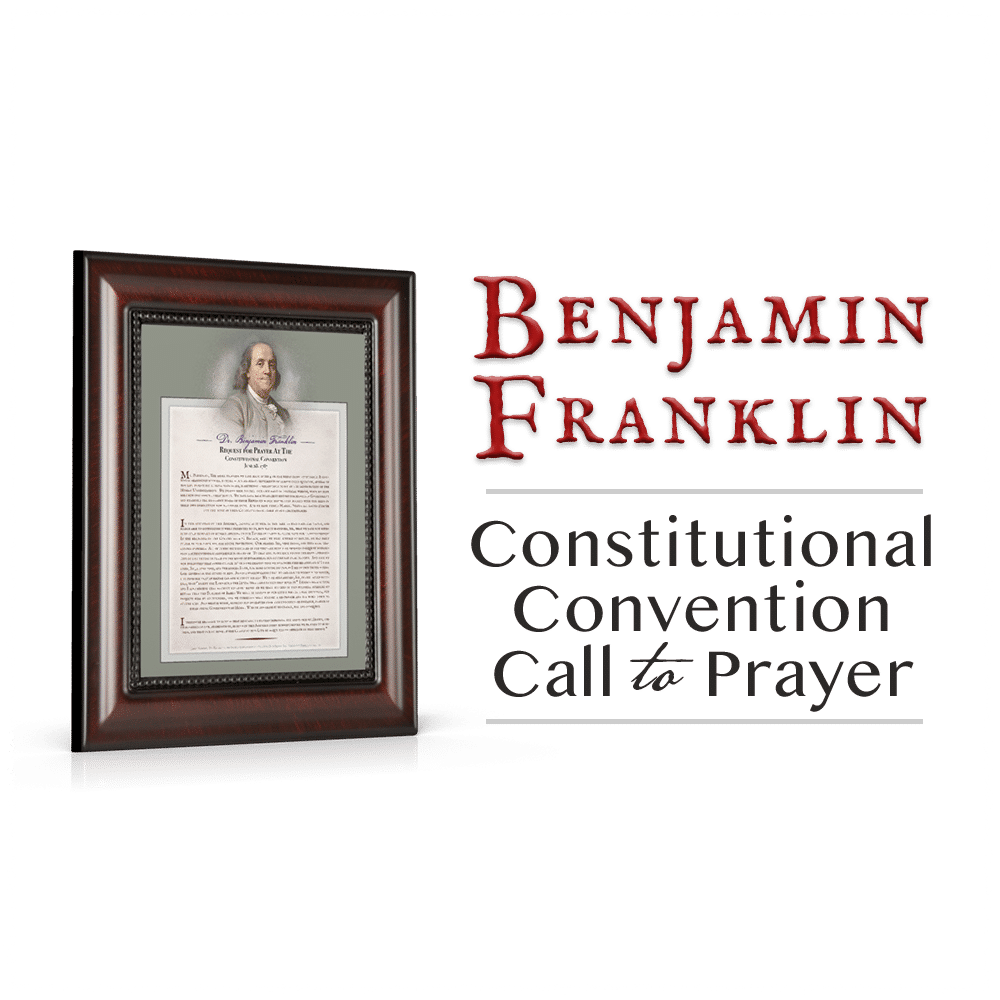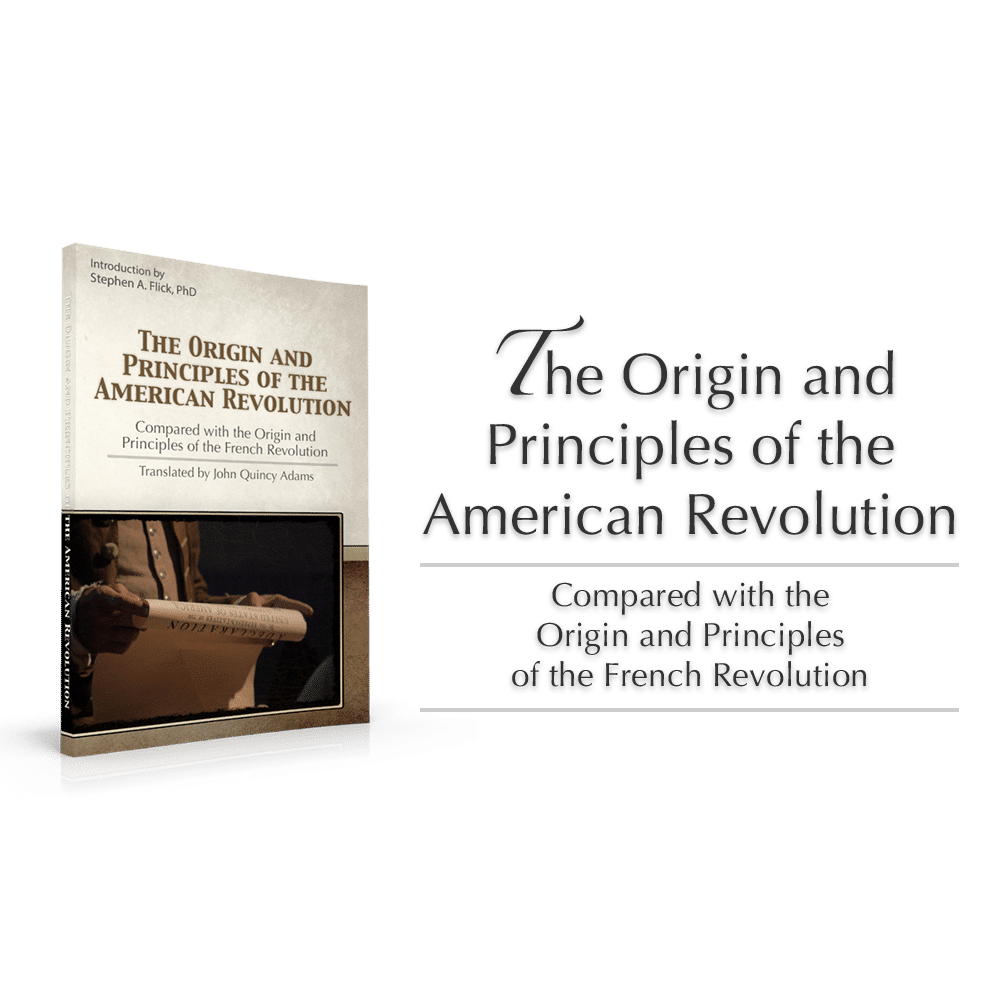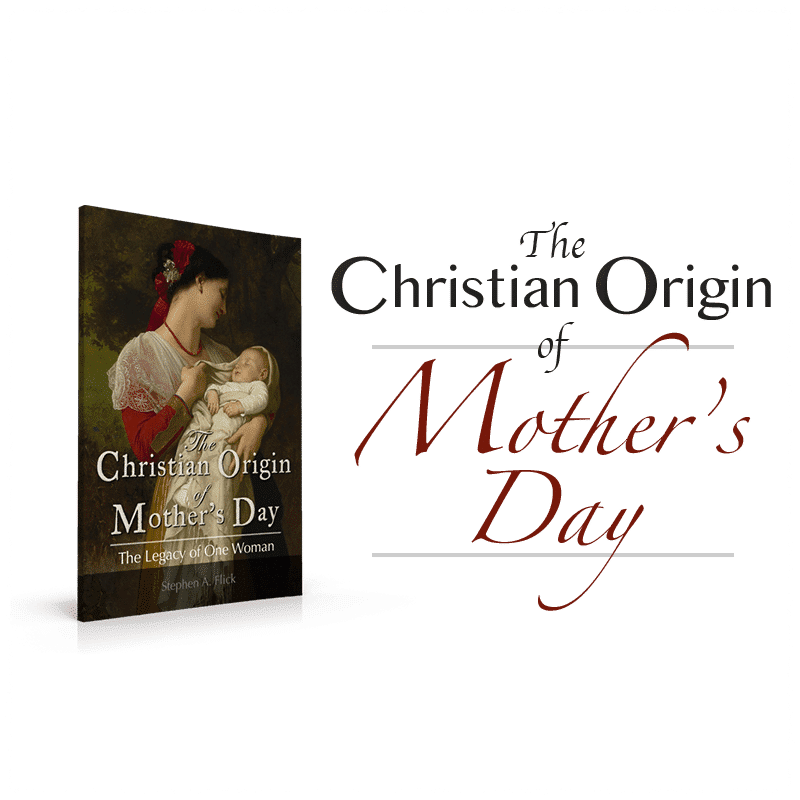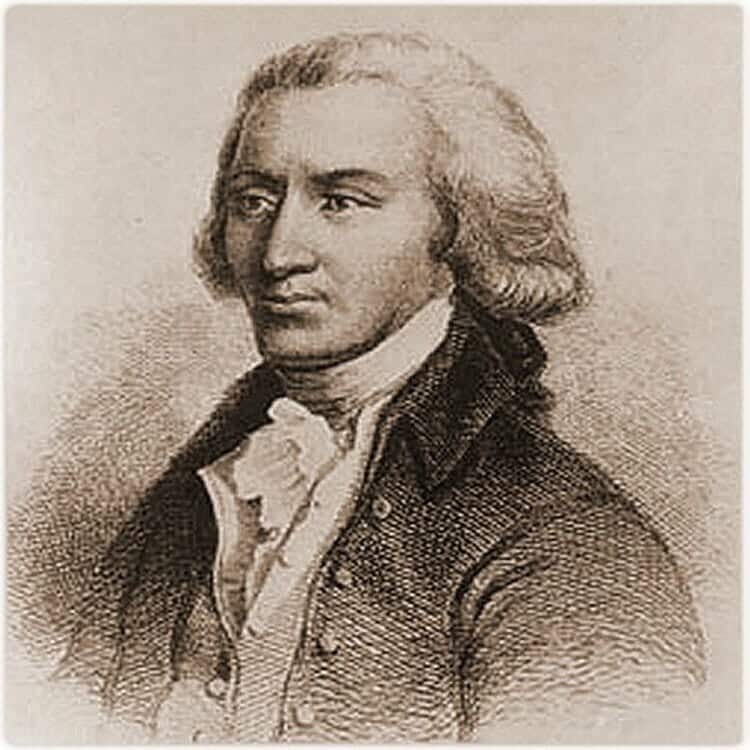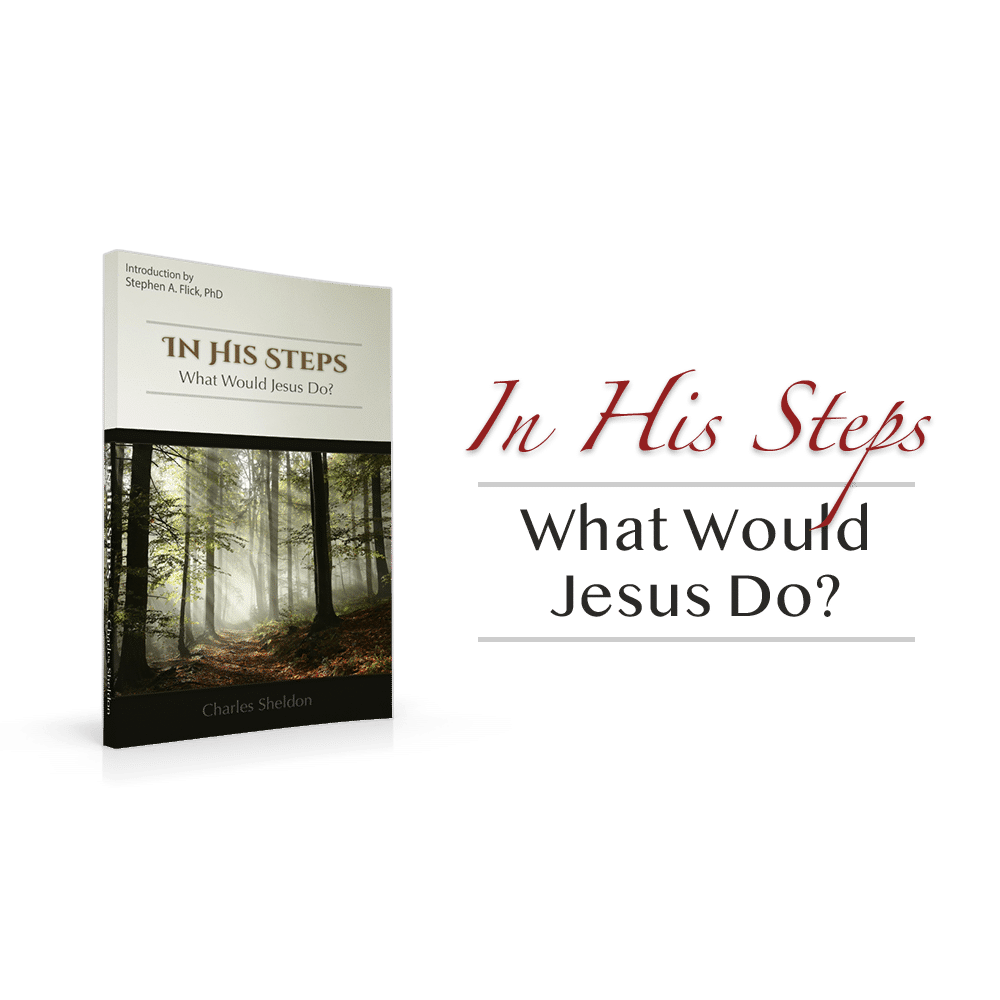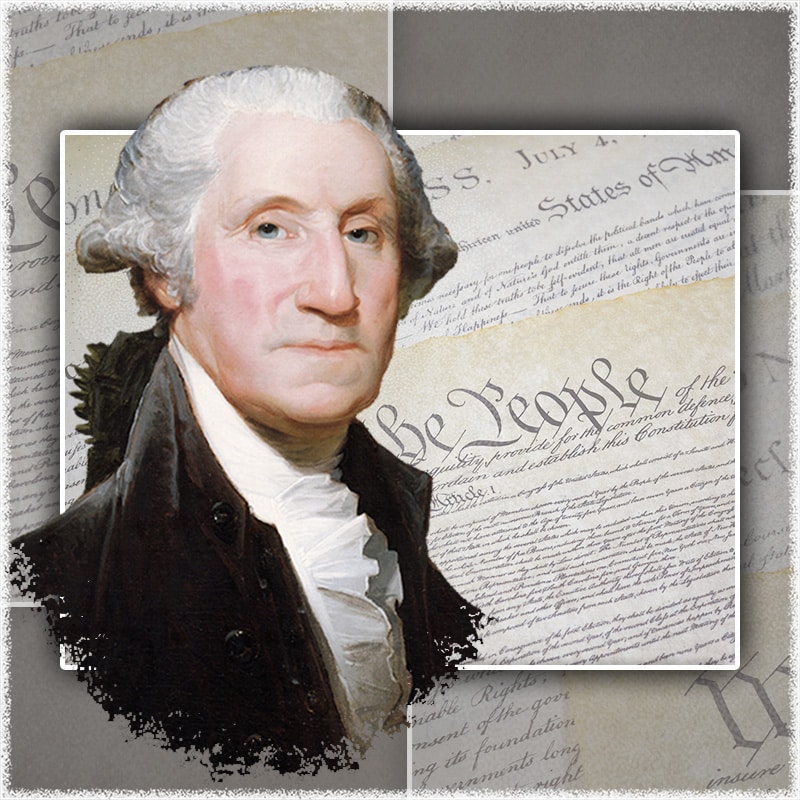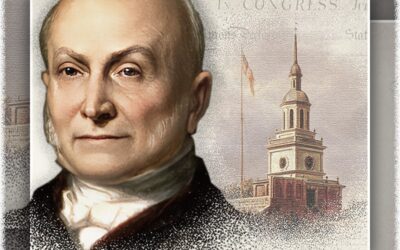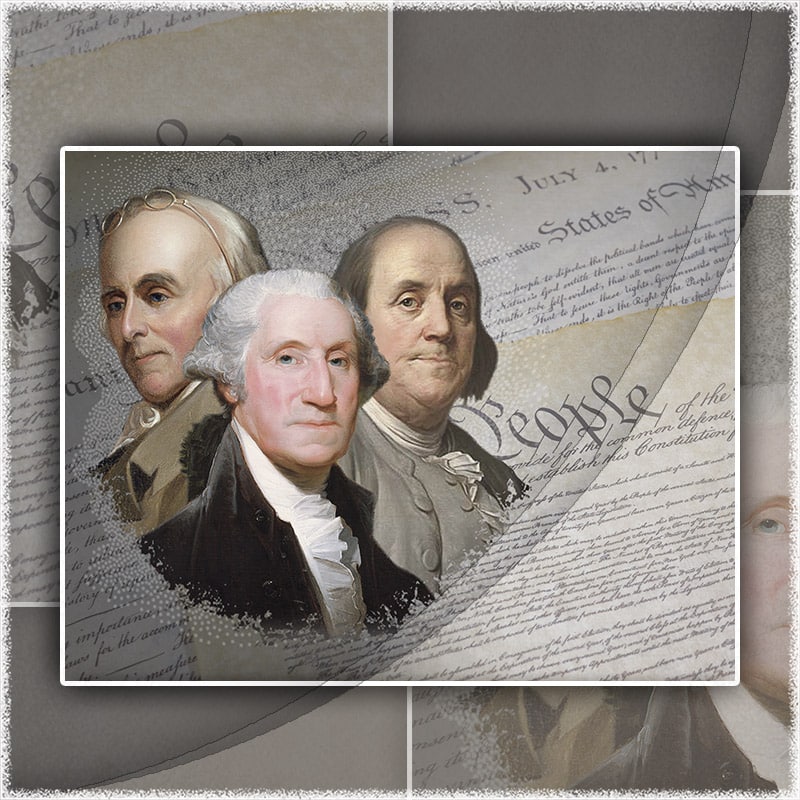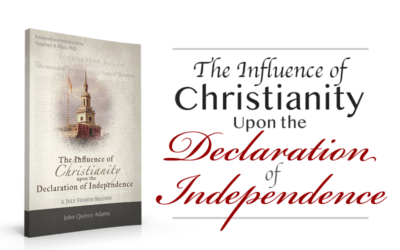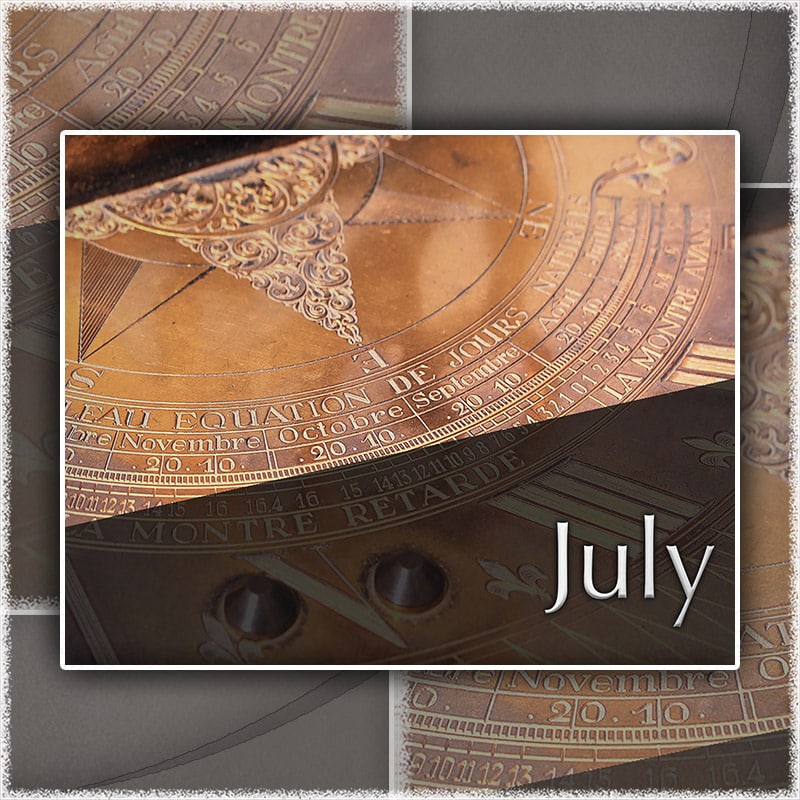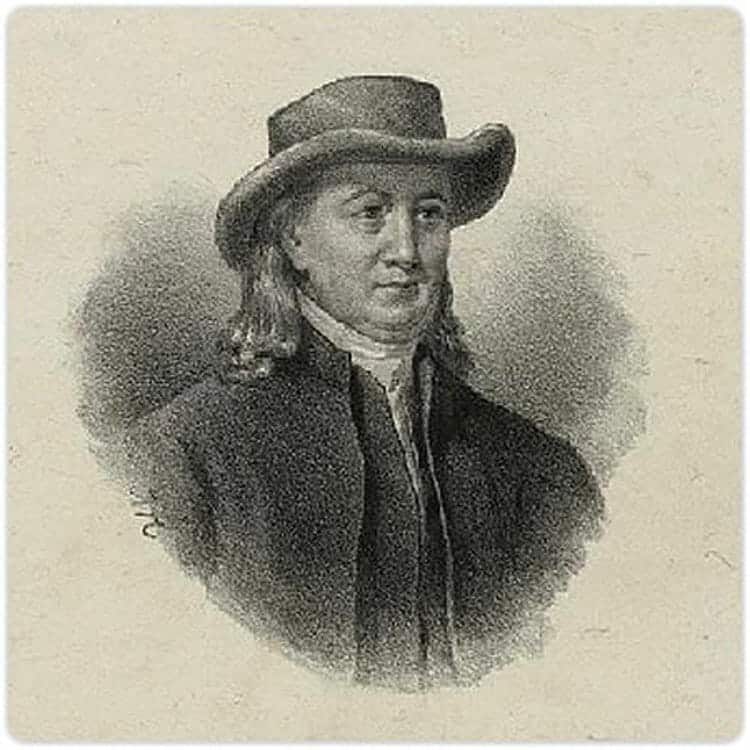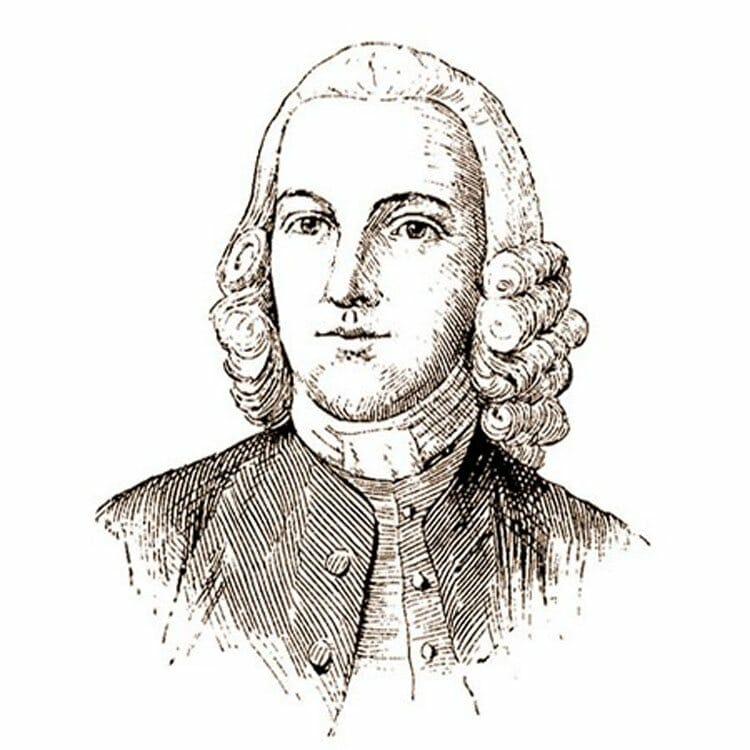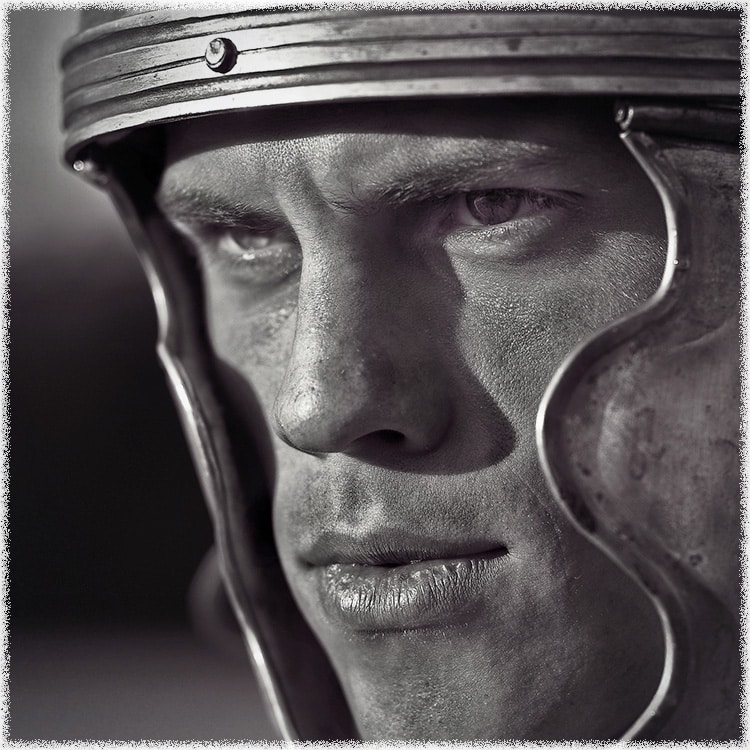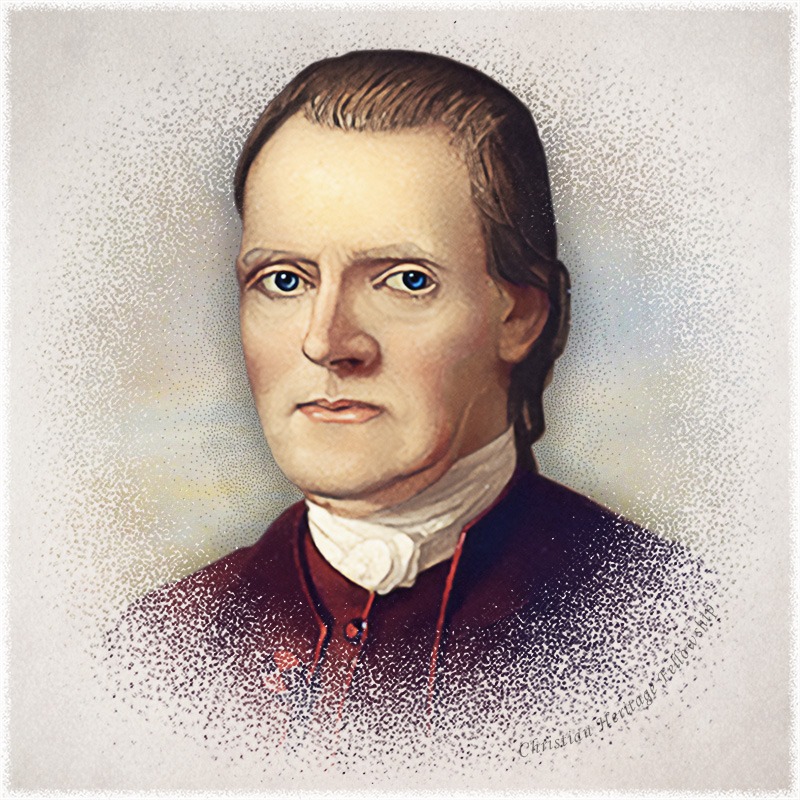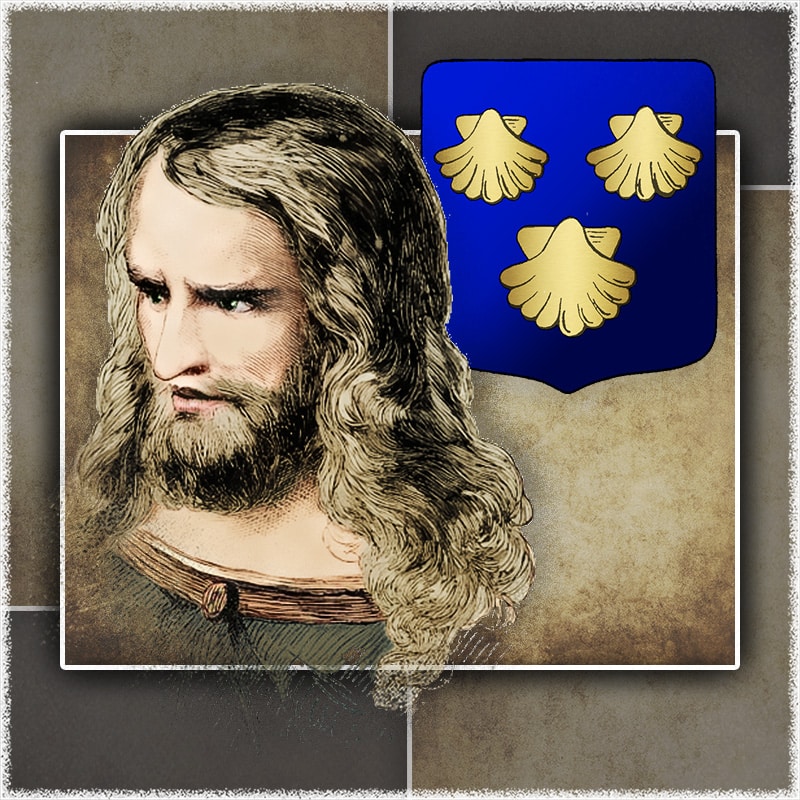Welcome
Thank you for visiting Christian Heritage Fellowship! Our organization exists to advocate the Christian worldview of America’s founding fathers and historic Christianity. Resisting the historical revisionism that seeks to deny Christianity's rightful legacy in national and world affairs, Christian Heritage Fellowship seeks to articulate the true heritage of the Christian Church in America and around the world.Home
While issues of greatest importance may be accessed through the menu at the top of each page, users may access our articles through various finding aids located on this page and each article. Our articles are designed to elevate Christians’ appreciation for their faith, deepen their love for the Lord Jesus Christ, and provide them with rational, historical, and biblical answers in the midst an unbelieving world.Home
Home
Our Articles
James Smith
James Smith (September 17, 1719 – July 11, 1806), was a signer to the United States Declaration of Independence as a representative of...
In His Steps—What Would Jesus Do?
The nineteenth century witnessed enormous social concern on the part of Christians throughout America. Volunteer movements of every type arose to apply the ointment of the Gospel to the...
Washington Believed God Provided for America
One of the surest means of refuting claims that America's Founding Fathers were not Christian is the realization and proclamation of the fact that they believed God birthed America...
The Christian Influence upon the Declaration of Independence
In his book Pagan America: The Decline of Christianity and the Dark Age to Come,] All over the...
America’s Founding Fathers Were Not Deists
One of the tools employed by Marxists to undermine a nation is to discredit its heritage of founding fathers. In his book,...
The Influence of Christianity upon the Declaration of Independence
At the beginning of the twenty-first century, America struggles to identify the principles that distinguished her rise to world prominence. Since the end of the nineteenth century,...


